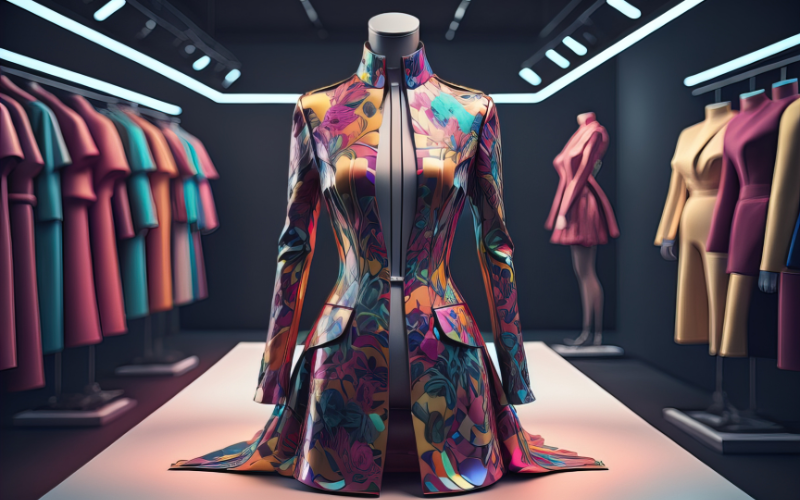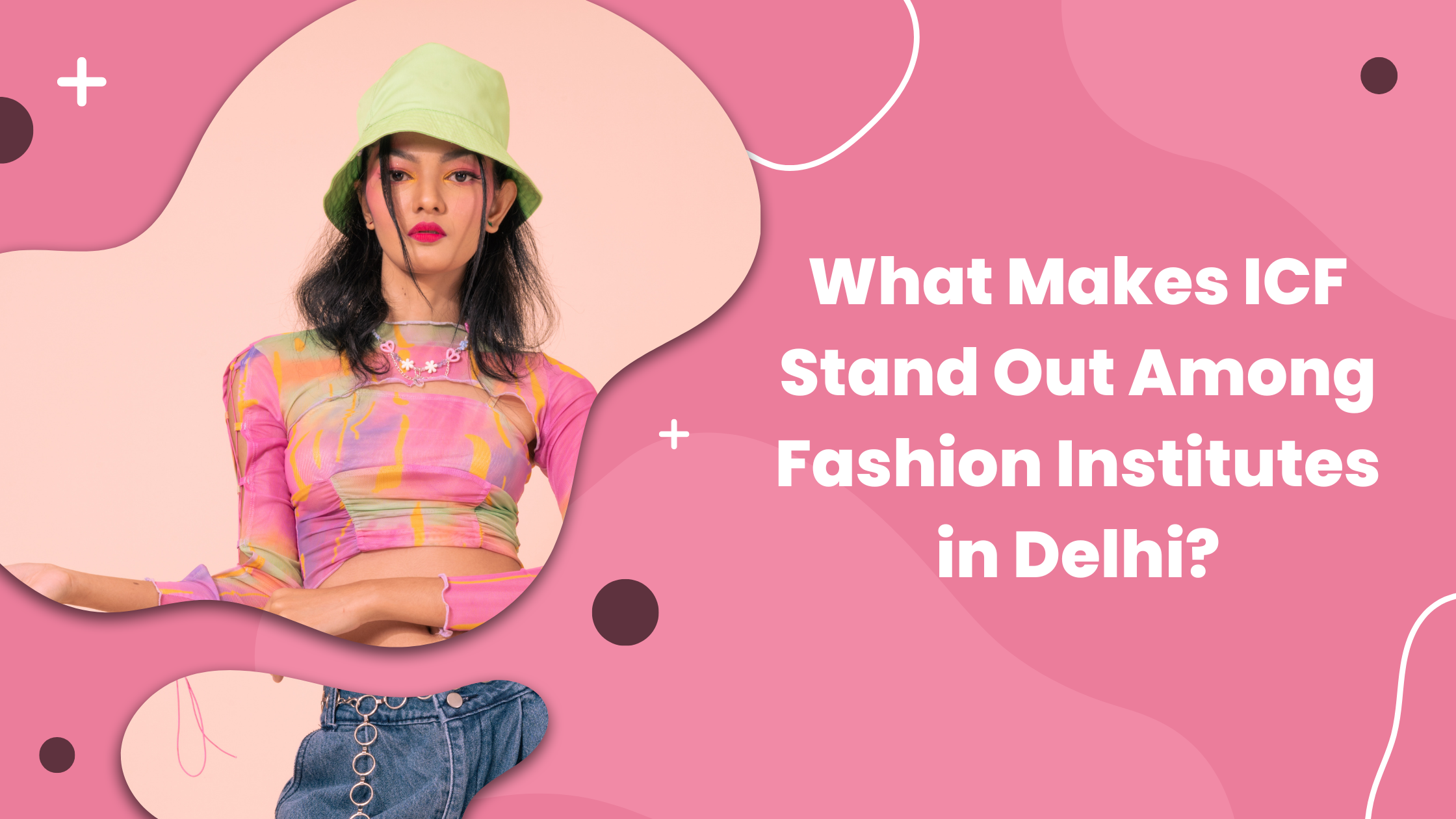Roles and Responsibilities of a Fashion Designer
Fashion designing is more than just creating clothes; it’s about expressing creativity and setting trends that define styles. Let’s explore the key roles and responsibilities of a fashion designer and understand what it takes to thrive in this dynamic field. 1. Creative Vision and Design Conceptualization A fashion designer is […]
How to Start a Fashion Brand in India: Essential Tips for Aspiring Designers?
Starting a fashion brand in India can be an exciting and rewarding venture for aspiring designers. With India’s rich cultural heritage and diverse fashion preferences, there is a tremendous opportunity to create a unique brand that resonates with a wide audience. Here are essential tips to guide you through the […]
How is Artificial Intelligence (AI) Changing the Fashion Industry?
The fashion industry is quickly changing, with Artificial Intelligence (AI) being a key driver in this transformation. AI in fashion industry is revolutionizing various aspects, from design to marketing, and is helping brands stay ahead of trends. Integrating AI is essential for managing rapidly changing trends, inventory, personalization, sustainability, and […]
Crafting Style and Strategy: The Crucial Role of Creativity in Fashion Retail
The fashion retail industry is an intricate tapestry woven with threads of creativity, strategy, and consumer engagement. It stands at the intersection of art and commerce, where every fabric, color, and cut tells a story. This blog delves deeper into the essential role of creativity in fashion retail, exploring its […]
Investing in Identity: The Symbolic Appeal of Luxury Fashion Brands Explored
In the ever-evolving world of fashion, the concept of a Fashion Brand is a testament to individuality, craftsmanship, and social status. As we move deeper into the layers of fashion psychology, it becomes increasingly clear that luxury fashion brands transcend the realm of simple attire, they craft identities, tell stories, […]
Fashion Designing Technology: Innovations Shaping the Future
Fashion Tech: Revolution in the Fashion World Have you ever noticed how your favourite fashion brands are starting to feel more like a sci-fi movie? From blockchain to virtual reality, the fashion world is not just about fabrics and threads anymore. Dive in with us as we decode the latest […]
Fashion Entrepreneurship: Nurturing Creative Ventures in Fashion
Breaking the Mould-Innovative Strategies for Fashion Entrepreneurship With its ever-evolving trends and dynamic consumer preferences, the fashion industry is both a land of opportunities and a battleground for entrepreneurs. In this fast-paced realm, traditional strategies often need to be revised. To succeed in fashion design, one must break free from […]
Selecting the Ideal Fashion Design & Technology Course: A Comprehensive Guide
Introduction The world of fashion design is vibrant, dynamic, and brimming with creativity. It’s a realm where art, culture, and innovation intersect. Choosing the right fashion design course is your first step toward building a career in fashion. But how do you make this crucial decision? Here is a comprehensive […]
What Makes ICF Stand Out Among Fashion Institutes in Delhi
Delhi, India’s fashion capital, is home to a myriad of educational institutions vying to nurture the next generation of fashion professionals. Amidst this competitive landscape, what makes the International College of Fashion (ICF) the premier destination for students seeking an unparalleled education in the dynamic world of fashion? In this […]
Fashion Merchandising: Creating an Impactful Retail Experience
Fashion merchandising is the art of creating a retail experience that engages customers and showcases fashion products in a visually appealing manner. It is a crucial component of the fashion business since it aids fashion brands in developing a unique brand identity and a memorable and impactful shopping experience for […]











